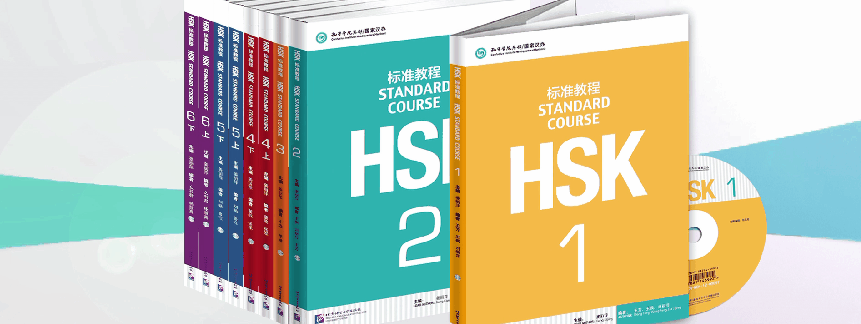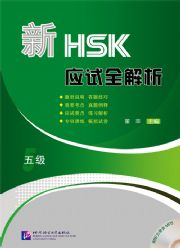Online Bookstore
New HSK Analysis (Level 5)
Author:Dong Cui
- Medium:Books,MP3
- ISBN: 9787561937587
- Page Count: 324
- Size:
- Pub Date:2014-06
- The book weight: 600 g
- Annotation Language:
- Course:
- Target Audience(Age):
- Target Audience(Language):
- Price:
-
Category: Test Prep Books >HSK >Level5
Test Prep Books >HSK >Test Guides
-
The product sample:
前言、目录 Preface & Contents
 样章 Sample
样章 Sample













